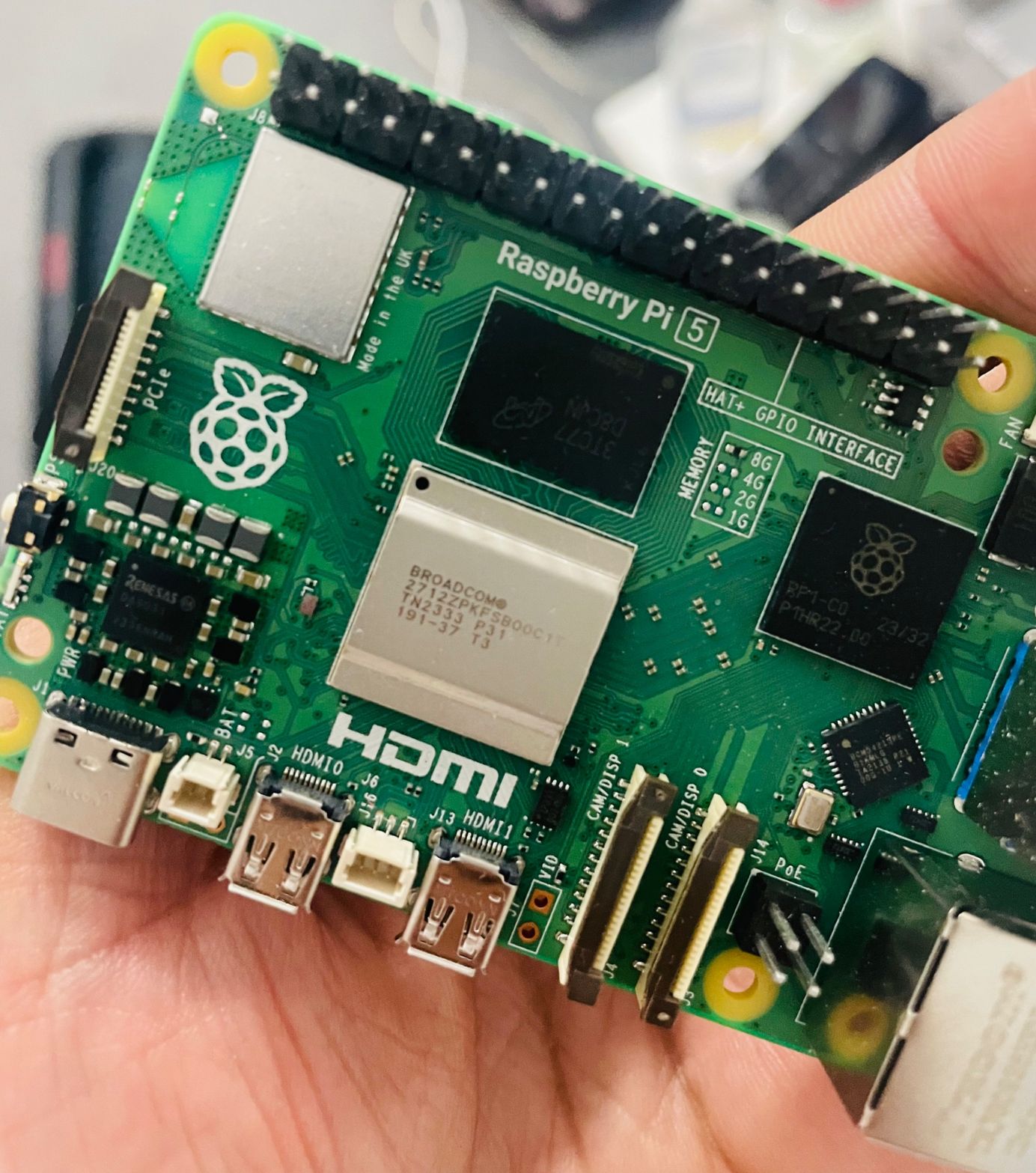Kubernetes

Deploying Databases on DigitalOcean with Crossplane
While Kubernetes has become the go-to platform for deploying business workloads, a major challenge still lies in managing the resources and services that your applications depend on, which often live outside the Kubernetes cluster. Crossplane is a cool open-source project that extends the Kubernetes control plane to provision and manage

Choosing the Right Tool for Your Local Kubernetes Development Environment
Imagine you're trying to set up a Kubernetes cluster on your local machine to test a new feature before you deploy it to a production environment. You aim to make this local environment as close to the production environment as possible. A minimal production cluster would require at least three

Step-by-Step Guide: Creating a Kubernetes Cluster on Raspberry Pi 5 with K3s
I recently purchased two new Raspberry Pi 5 boards, and to test out the power of these miniature computers, I decided to explore setting up a Kubernetes cluster on them. In this article, I will guide you through the process of creating your own Kubernetes cluster on Raspberry Pi 5

Quick Installation of Minikube on an Ubuntu Server
In a production environment, a Kubernetes cluster usually consists of at least two master and multiple worker nodes. That means you'll need at least five virtual or physical machines for your production cluster. Setting up a full-scale cluster to test new features quickly or learn about new concepts in your

Practical Guide to Kubernetes Ingress with Nginx
In the first article, you learnt about the concept of Ingress in Kubernetes and how it helps route external traffic to services within the cluster. You saw a list of Ingress controllers, including Traefik, HAProxy and the subject of this article, Nginx. In this article, you'll delve deeper into the

Getting Started with Kubernetes Ingress
Having a clear understanding of the Kubernetes ecosystem isn't an easy task, especially for a beginner. You have to understand various concepts concerning networking, storage, and security, among others. An important aspect to gain an understanding of in Kubernetes networking is how to manage external access to services within a

Helm Charts Deep Dive for Advanced Users
In the previous installment of this series, we discussed Helm, a cloud-native tool that brings package manager-like capabilities to Kubernetes. We covered the basics of Helm and how it uses charts to simplify the deployment and management of applications on Kubernetes clusters. This post assumes some familiarity with Helm fundamentals.

Intro to Helm Charts for Complete Beginners
In the early days of Kubernetes, the standard way to distribute and deploy cloud native applications on Kubernetes was through YAML manifests. These manifests are files that define the desired state of various Kubernetes resources, such as Deployments, Services, ConfigMaps, and Secrets. However, managing these manifests can quickly become cumbersome


